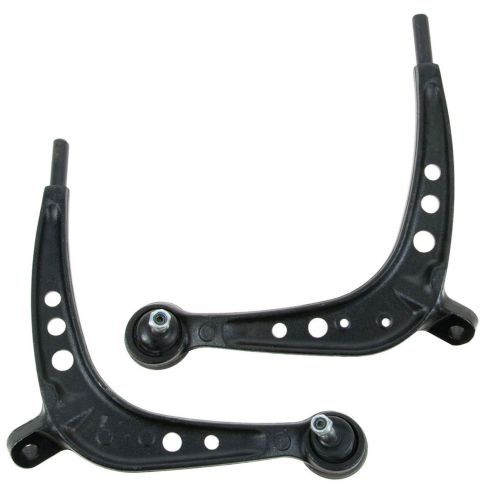1ASFK00562-2001-05 BMW 325Xi 330Xi Front Driver & Passenger Side Lower 2 Piece Control Arm with Ball Joint Set TRQ PSA62256

Replaces
2004 BMW 325Xi Front Driver & Passenger Side Lower 2 Piece Control Arm with Ball Joint Set TRQ PSA62256

Product Reviews
Loading reviews
5.00/ 5.0
4
4 reviews
July 7, 2017
Very satisfied with my purchase, will recommend you guys
325i control arm lit
August 15, 2019
Everything was just right came earlier than expected will be ordering in the future also 1aauto was recommended by present customer MUCH THANKS
Very sturdy part.
December 31, 2021
I quality product. Ive had it installed over a year now and no problems
Control arm
August 21, 2022
Works great thanks ??
Customer Q&A
No questions have been asked about this item.
BMW is a registered trademark of Bayerische Motoren Werke AG. 1A Auto is not affiliated with or sponsored by BMW or Bayerische Motoren Werke AG.
See all trademarks.











